CODY BERKEBILE, Naturalist Blacklick Woods
One of the best parts about being a naturalist is the opportunity to continually learn about and see new things. Working at Blacklick Woods for the past five years, I have seen and learned a lot, but there will always be new organisms for me to discover for the first time. Because Blacklick Woods is the oldest park in the Metro Parks, there have been many careful observers walking through this park, finding interesting organisms in all seasons. These observers have contributed to a master list of all the species that have been identified on park property.
Recently, I was challenged with finding five species that I didn’t know were in Blacklick Woods, so naturally, I went pouring over this list. While looking through the list, I found five organisms that I have never personally seen in Blacklick Woods: Jefferson salamander, southern flying squirrel, common five-lined skink, mourning warbler and ragged-fringed orchid. It is now my goal to find them myself in Blacklick Woods in 2018.
JEFFERSON SALAMANDER
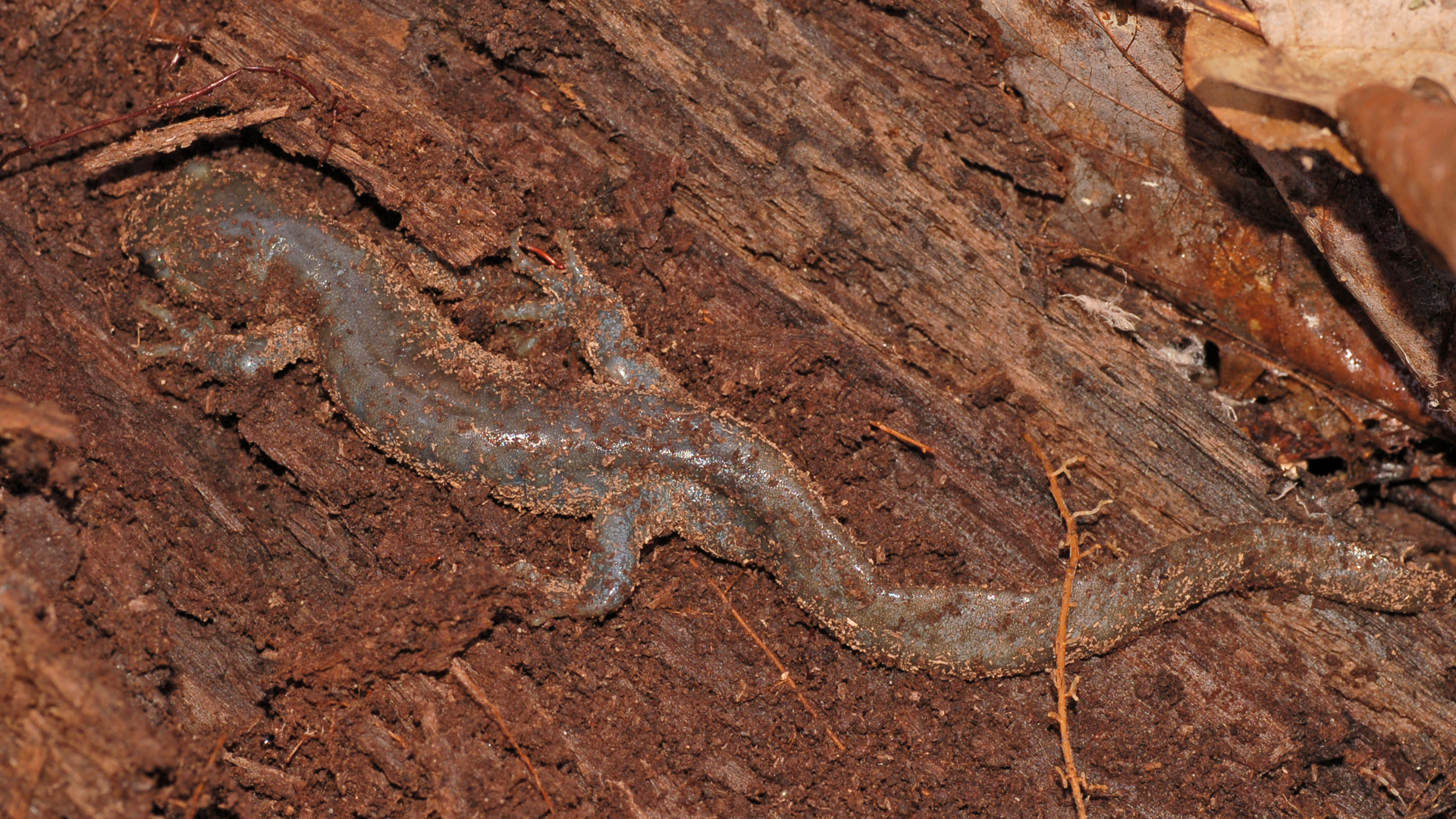
While I have seen Jefferson salamanders before, I have never found one in Blacklick Woods. Jefferson salamanders look similar to the spotted salamanders that are common here in the park, only they lack the distinctive yellow spots. Instead, they have silvery-blue speckles along their sides when they are young and also have distinctively long toes, which makes them unique among other mole salamanders in Blacklick Woods. Just like the spotted salamander, Jefferson salamanders spend most of the year in hiding, only becoming visible in early spring when they migrate to the vernal pools to breed. Knowing this about their life history will help me narrow down my search location. By concentrating my search in and around the vernal pools come March, I may just be able to find one myself.
SOUTHERN FLYING SQUIRREL
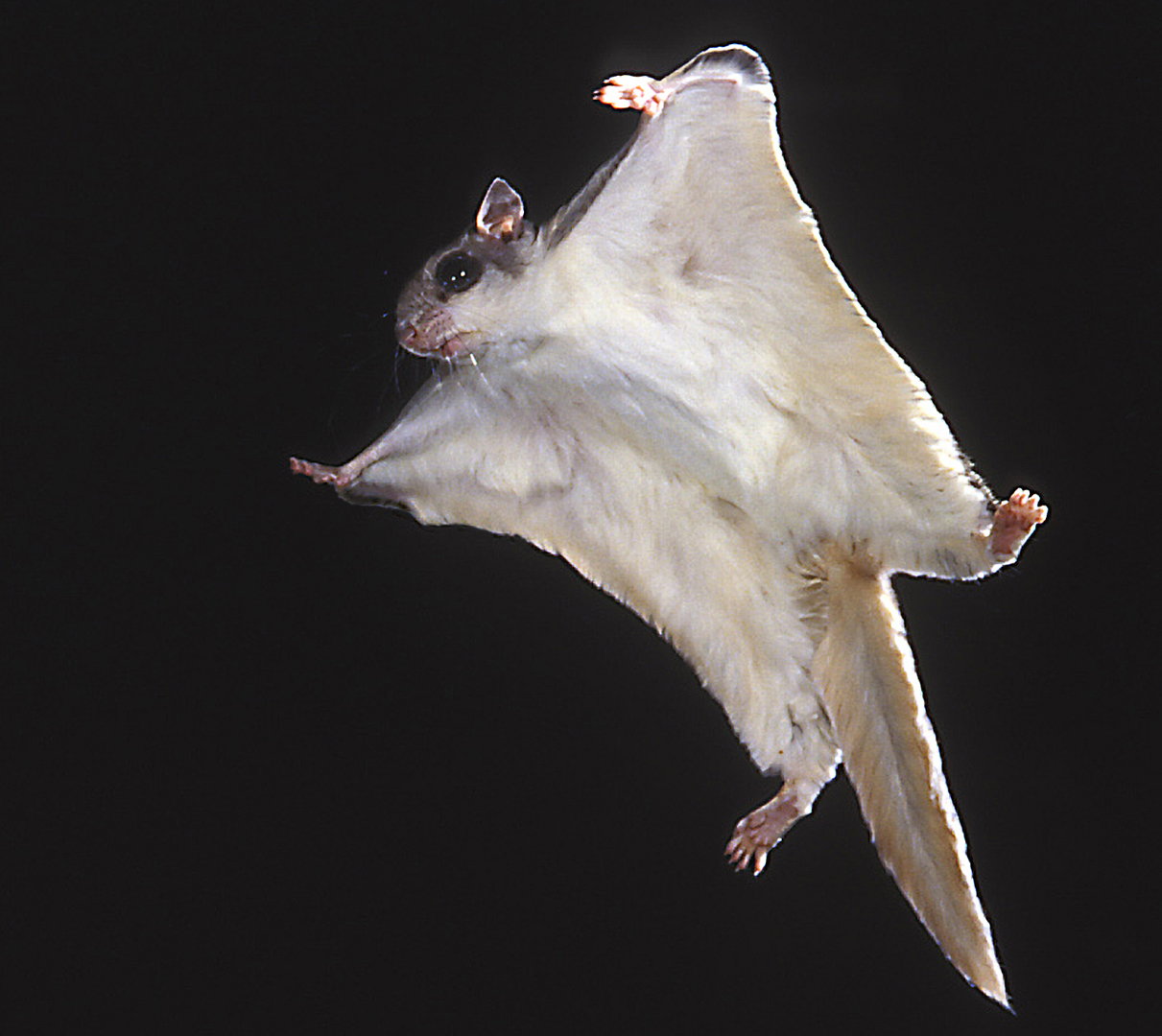
Flying squirrels are actually the most abundant squirrel in Ohio. The reason most of us go without seeing one is because they are nocturnal, meaning they are only active under the cover of darkness. Just like other squirrels, flying squirrels are voracious seed eaters and they occasionally visit bird feeders to feed on seed and suet. Even though Blacklick Woods is closed at night and I am not present to see them directly, there is still a chance for me to discover them in the park on my own. I plan on using a motoon activated trail camera and hope to see a flying squirrel visit the feeders behind the nature center.
COMMON FIVE-LINED SKINK
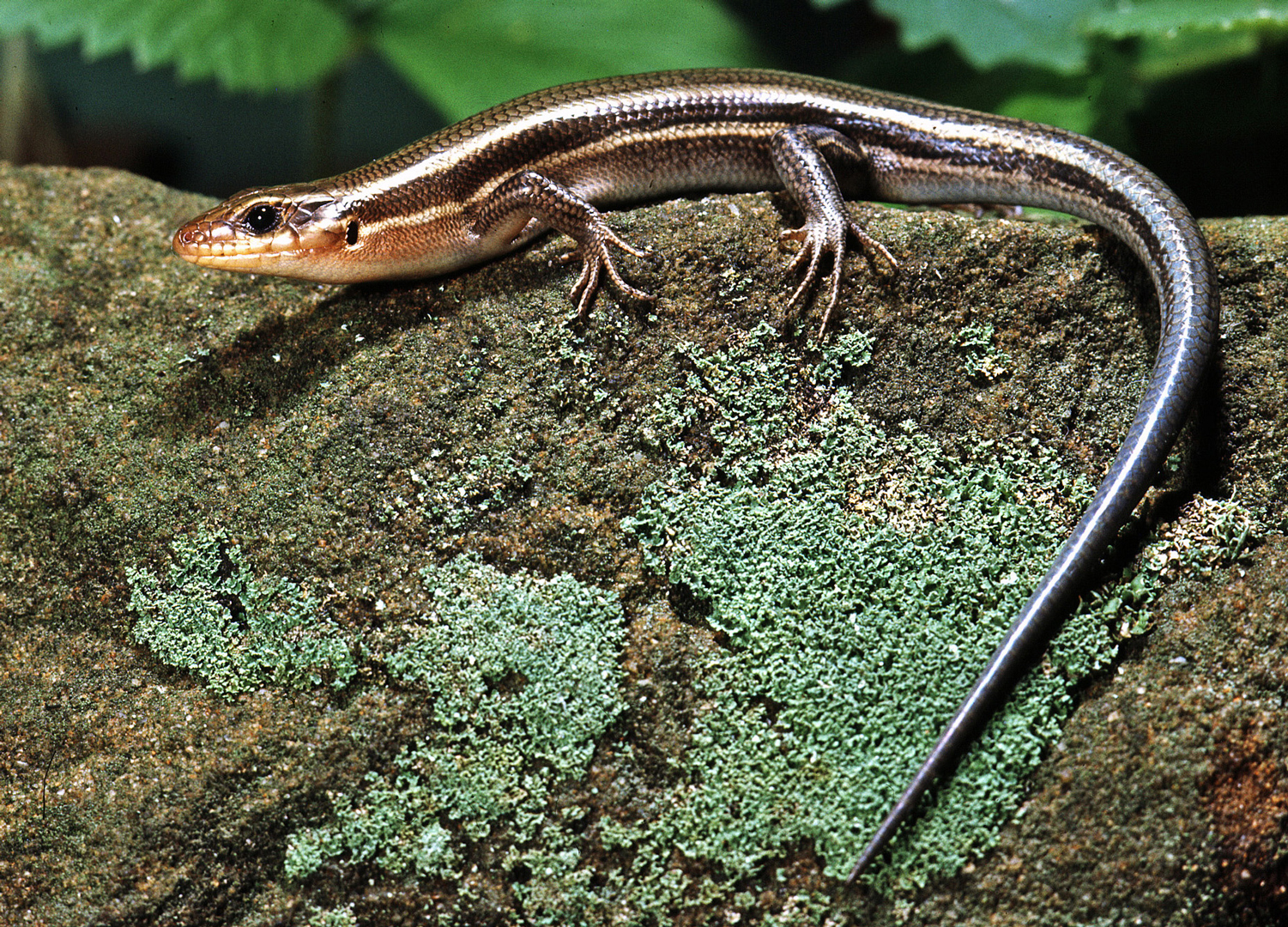
Blacklick Woods is home to many snakes and turtles, but few lizards. One lizard that does live in the park is the five-lined skink. This lizard can be found throughout Ohio, living under the bark of stumps and decaying logs or in rock piles. They are some of the fastest reptiles in the world and dart for cover when discovered. While I have never seen one in the park myself, I saw a photograph of one that was taken by a park visitor. This tells me that even though I haven’t seen one yet, they do exist in the park. When not hiding under logs and rocks, skinks can sometimes be found basking out in the open. Using this knowledge, I am hoping to find one by carefully checking under decaying logs or rocks out in the moist forest of Blacklick Woods, always being sure to replace the log or rock as I found it. If that doesn’t work, maybe luck will fall on my side and I will spot one basking along the boardwalk.
MOURNING WARBLER
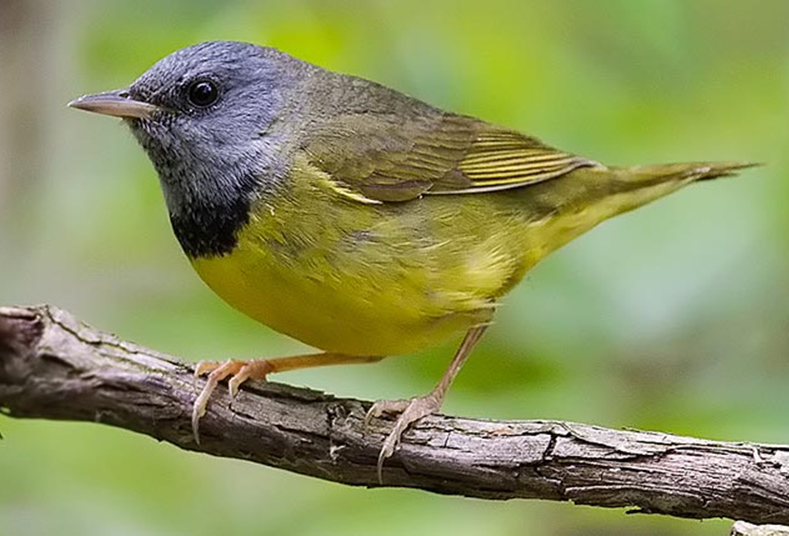
Some of my favorite days in the park are during spring and fall migration. I find migrating warblers particularly interesting, because they are diverse, colorful and challenging to find and identify. One of the most difficult warblers to find during migration season is the mourning warbler. They are notoriously secretive, spending their days foraging in thick vegetation low to the ground. While I have seen a mourning warbler before, I have yet to find one in Blacklick Woods. They aren’t necessarily rare and are likely passing through the park undetected while migrating north and south to their breeding or wintering grounds respectively. One of the best ways to find mourning warblers and other secretive birds is to learn their song. I will study their song this winter and listen carefully as I walk through the forest next May. Hopefully, I will hear their “chirry, chirry, chirry, chorry, chorry” song and be able to spot the singer carefully coursing through the underbrush.
RAGGED-FRINGED ORCHID
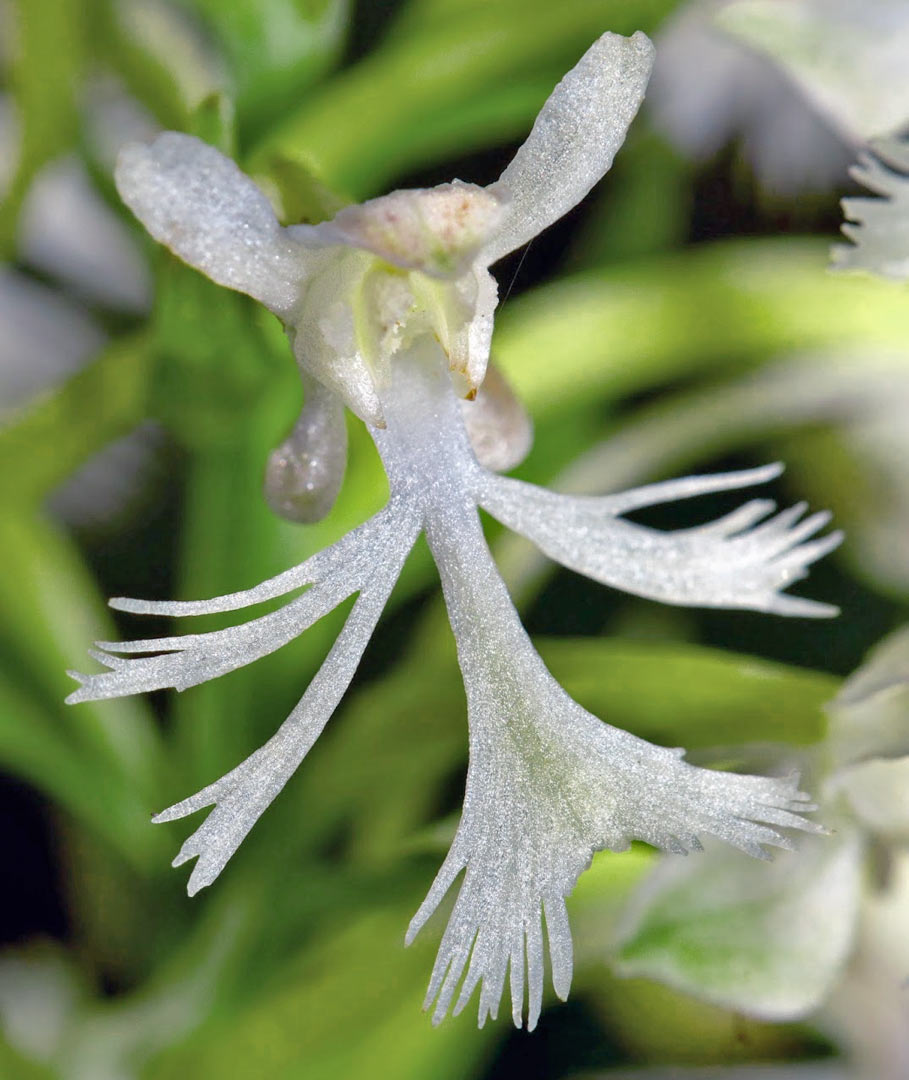
Orchids are some of the most interesting wildflowers growing throughout Ohio. Blacklick Woods has a couple types of orchids and the ragged-fringed orchid is one of them. The key to finding this organism will be to identify when and where it blooms. Ragged-fringed orchids generally bloom in July and they grow in full sun in wet habitats, like bogs, swamps and wet meadows. While the swamps in Blacklick Woods are mostly shaded due to the mature trees growing in them, there is one very wet meadow adjacent to our swamp forest. I plan to search this field next summer to see if I can find a ragged-fringed orchid for myself.
Wish me luck as I hope to find these organisms in Blacklick Woods this coming year.
